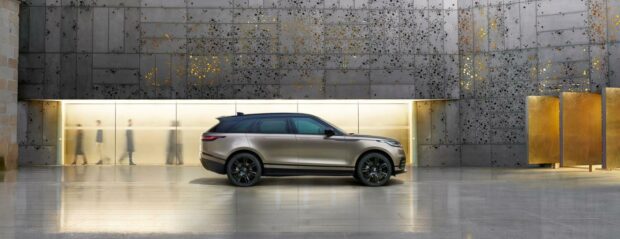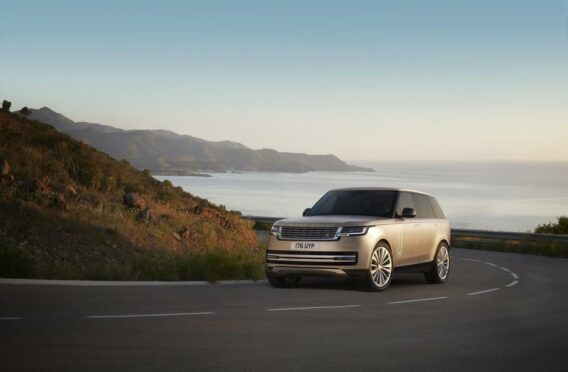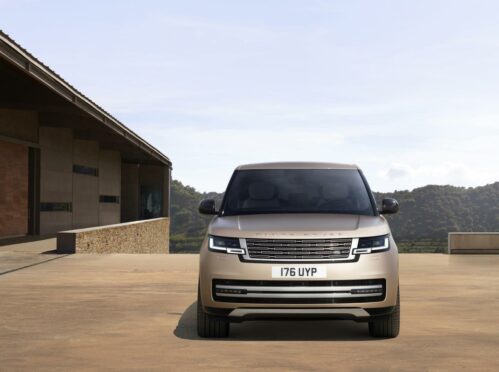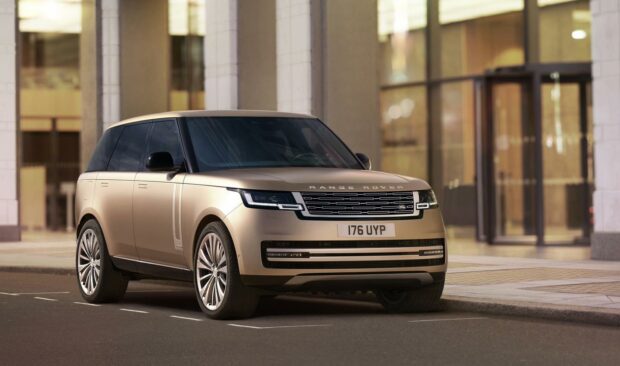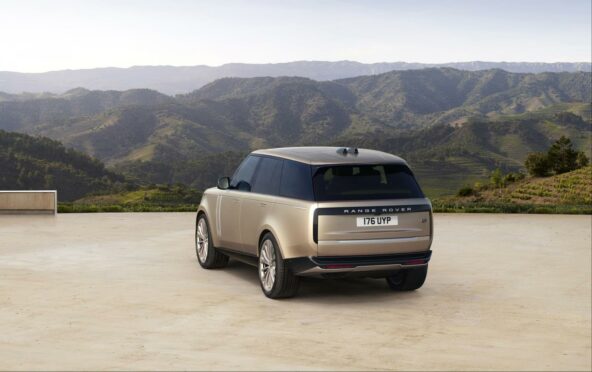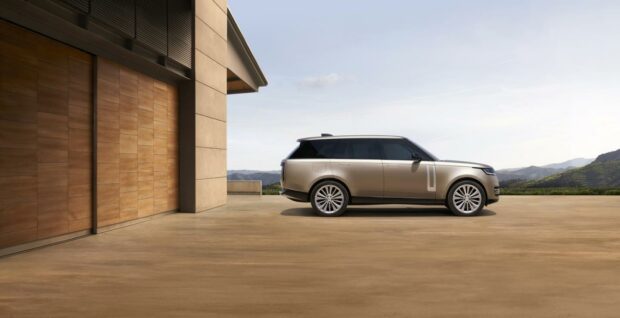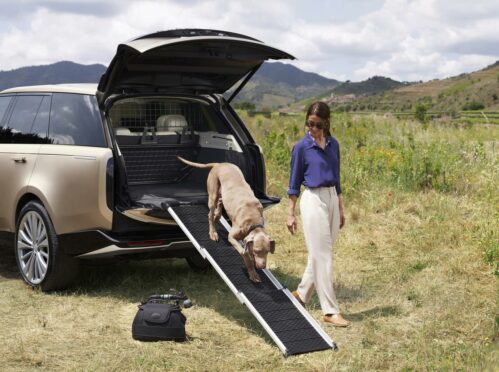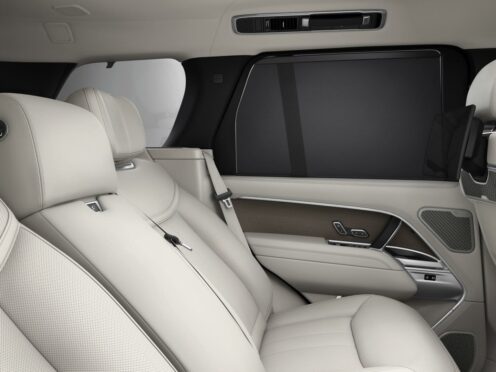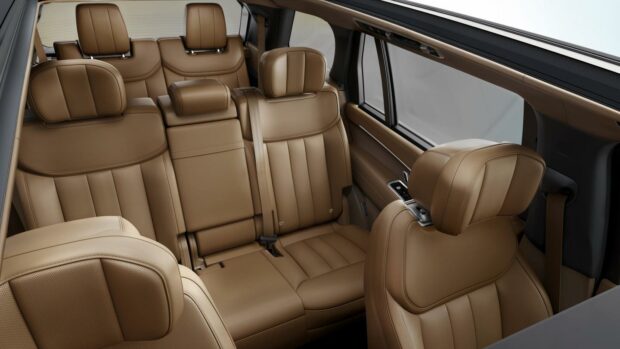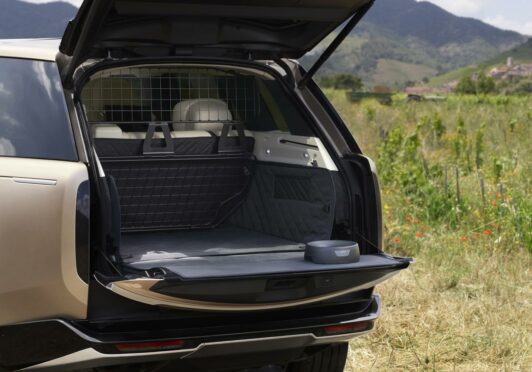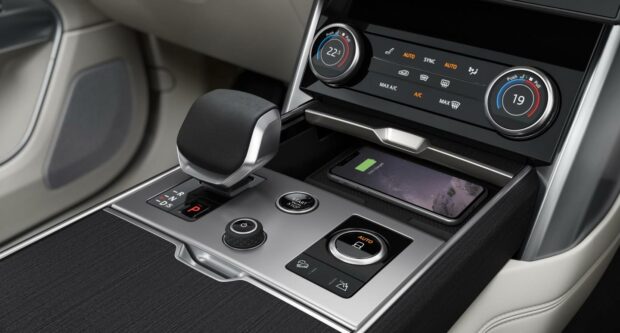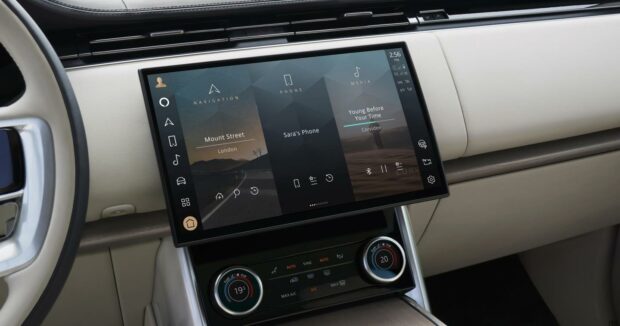New Range Rovers don’t come along too often.
The first generation was launched in 1970 and wasn’t replaced for an astonishing 24 years. The second generation arrived in 1994, with a third following in 2001 and the fourth iteration in 2012.
When Range Rover celebrated its 50th anniversary it was still only on its fourth version.
What all that means is that a new Range Rover is something of a big deal. So it was that the company invited me down to its headquarters in Gaydon, Warwickshire, for the reveal of the fifth generation Range Rover.
The company’s headquarters, shared with sister-firm Jaguar, are quite something to behold. The Gaydon centre sprawls over an area the size of a university campus, with a variety of buildings, a test track, and more water features than you can skim a stone across.
Secrecy was tight. I had to sign a non-disclosure agreement. My phone was put in a plastic bag. Sections of the research facility were carefully curtained off.
We were led into an exhibition room with three shrouded vehicles. After a suitable amount of build-up, Land Rover design supremo Gerry McGovern ordered the covers to be whisked off to reveal the fifth generation Range Rover.
It doesn’t fail to impress. The proportions have been improved. The door handles have disappeared, popping out only when you need them. The chrome tailpipes are gone and, instead, the exhausts are hidden underneath the body.
There is a floating roof, svelte beltline, flush glazing and smart vertical rear lights. It’s hard to pick out any one feature that moves the game forward but the overall impression is of understated, lightly-worn beauty.
The new Range Rover will be launched with plug-in hybrids that can travel 60 miles on a 140bhp electric motor before the 3.0 litre petrol engine has to kick in. Diesel isn’t dead yet, and there are three units available, with 250, 300 and 360bhp.
There are 360 and 400bhp petrols, and a Range Rover range-topping 4.4 litre twin-turbo V8 with 530bhp that’s good for 0-62mph in 4.6 seconds.
The big news is an a fully electric version will be added to the range in 2024.
Another headline bagger is the first ever seven-seat Range Rover. This has come about largely due to demand from American buyers but I expect they’ll flog a fair few of them over here as well.
The fifth generation Range Rover is available in standard or long wheelbases. The former is what most drivers will buy, while the latter will be favoured by those who will be travelling in the back while a chauffeur does the hard work up front.
There’s also an SV version that is even more plush than the standard model and aimed at very wealthy buyers.
Prices start at £94,400 and stretch to £138,000 – though with options there’s almost no limit to how much you can spend. Indeed, with virtually endless customisation and personalisation services, there literally is no ceiling on what you can pay for a Range Rover.
The interior features a curved, floating touchscreen, soft touch leather and some of the finest wood trim I’ve seen in any car. For those who don’t like dead cows there is a range of fabrics made from wool and recycled plastic.
All four doors are power assisted and won’t open if they sense a vehicle or cyclist is too close. The traditional split rear tailgate is retained and can be jazzed up with everything from a ramp for your dog to cushioned seats for watching sunsets, drive-in movies, regattas and suchlike.
Of course the Range Rover is also one of the world’s best off roaders and the fifth generation will be capable of crossing everything from deserts, mountains and Arctic tundra to the most inhospitable supermarket car parks.
Sadly, we weren’t allowed to drive the new Range Rover yet. I expect its talents to be prodigious, however.
Watch this space for a road test as soon as I can get my hands on one.
